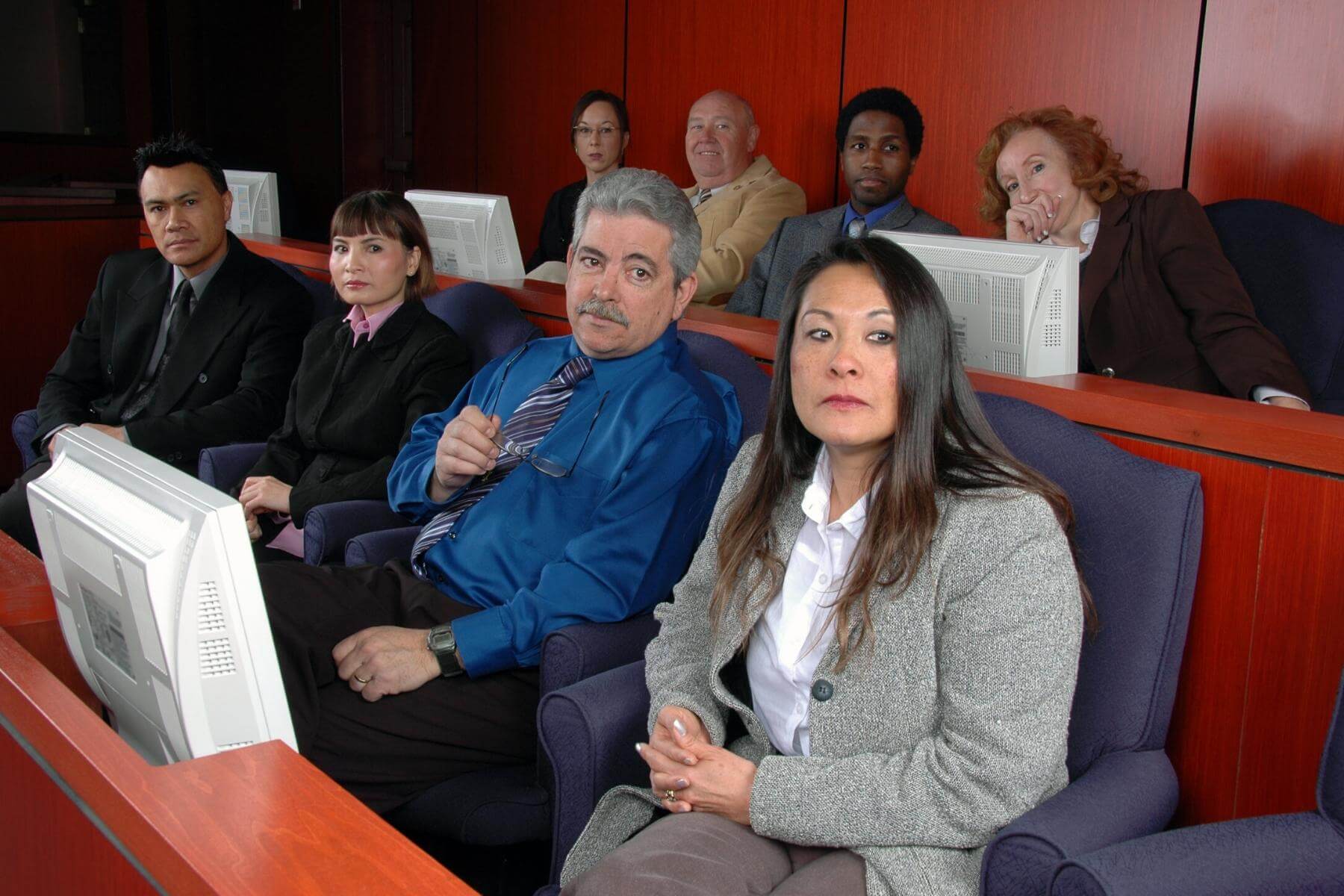High-quality trial presentations help you succeed in legal proceedings.
High-quality trial presentations help you succeed in legal proceedings.
Blog Article
How Trial Presentations Enhance Your Argument and Convince Jurors
Test discussions offer as an essential device for boosting lawful debates and encouraging jurors. By incorporating aesthetic aids, narrative structures, and emotional involvement, attorneys can create a compelling case that resonates on multiple levels. The strategic use of visuals not only makes clear intricate details yet likewise catches jurors' attention better than words alone. The art of narration plays a similarly vital function in transforming factual proof into a compelling story, shaping jurors' perceptions. Understanding these components can substantially impact test results, raising the inquiry of how each part contributes to this detailed dynamic.

Value of Visual Help
Visual help play a critical function in enhancing the performance of trial presentations, as they can substantially enhance target market interaction and retention of information. In the context of a test, where jurors are tasked with handling complex details, visual help serve to streamline and clarify bottom lines. Graphes, graphs, and photos can communicate information and concepts that might otherwise bewilder or confuse jurors, permitting a more uncomplicated understanding of the evidence provided.
Furthermore, aesthetic aids help in preserving juror attention throughout the procedures. By damaging the dullness of spoken testimony, these devices can punctuate essential disagreements, making them extra unforgettable. Reliable visual aids can additionally evoke psychological responses, which can be essential in persuading jurors to line up with the speaker's story.

Crafting Compelling Narratives
An engaging narrative is crucial in trial discussions, as it acts as the backbone of reliable persuasion. It enables lawyers to weave together realities, evidence, and psychological elements right into a coherent story that reverberates with jurors. This narrative structure allows jurors to recognize the complexities of the case while assisting them through the attorney's debate.
To craft an engaging story, lawyers need to focus on clarity and coherence. Additionally, the use of vibrant descriptions can create mental images that help jurors imagine the events, making the narrative much more unforgettable.
Additionally, integrating essential styles throughout the presentation reinforces the core message and aids in retention - trial presentations. The narrative should not just share details yet also evoke a feeling of justice, highlighting the risks entailed. Inevitably, a sound story promotes a connection in between the jurors and the instance, positioning the attorney's debate as both reliable and compelling, therefore boosting the possibility of a favorable verdict

Engaging the Court Emotionally
Effective go to this web-site jury interaction pivots on the attorney's capability to attach with jurors on an emotional level. This link can significantly affect jurors' assumptions and their ultimate decision-making.
Visual help, such as pictures or videos, can additionally boost emotional involvement, giving jurors with vibrant depictions of the instance's human elements. Crafting a narrative that highlights the struggles and victories of the people entailed ensures that jurors see beyond the legal disagreements and identify the human effects of their choices.
A lawyer's enthusiastic shipment can reverberate with jurors, strengthening their psychological investment in the situation. It's vital to balance emotional appeals with valid proof, making certain that jurors really feel obliged to act while staying grounded in the fact.
Structuring Your Discussion

The body of the presentation should be logically fractional into bottom lines, each sustained by compelling proof. It is helpful to use narration techniques to weave realities into a story that jurors can quickly follow. Aesthetic aids, such as graphes and videos, can boost understanding and engagement, aiding to highlight important pieces of proof.
Real-World Case Researches
Analyzing real-world study provides look at these guys vital insights right into the art of test presentations and persuasion. For example, the site instance of "O.J. Simpson v. The People of California" highlights how visual help and compelling stories can sway jury assumptions. The defense team successfully used a method that incorporated high-profile specialist testimonies with multimedia discussions, which astounded jurors and ultimately affected their choice.
Another remarkable example is the "McDonald's Coffee Case," where the plaintiff's lawyers used visuals pictures of the injuries endured by Stella Liebeck. trial presentations. This raw aesthetic proof played a crucial role in conveying the severity of her burns, leading to a significant court honor. Such instances show that impactful trial presentations frequently rest on the effective integration of visuals and narration to stimulate psychological reactions from jurors
Additionally, the "Casey Anthony Trial" highlighted the importance of narrative comprehensibility and reliability. The prosecution's failure to develop an engaging timeline decreased their persuasive power, emphasizing the need of a well-structured discussion. Evaluating these cases discloses that visit this web-site effective trial discussions need tactical planning, psychological interaction, and the ability to reverberate with jurors' values and beliefs.
Verdict
Trial discussions considerably boost arguments and encourage jurors with the strategic usage of visual help, compelling stories, and psychological interaction. A well-structured discussion balances psychological appeals with valid evidence, inevitably resonating with jurors' worths.
Report this page